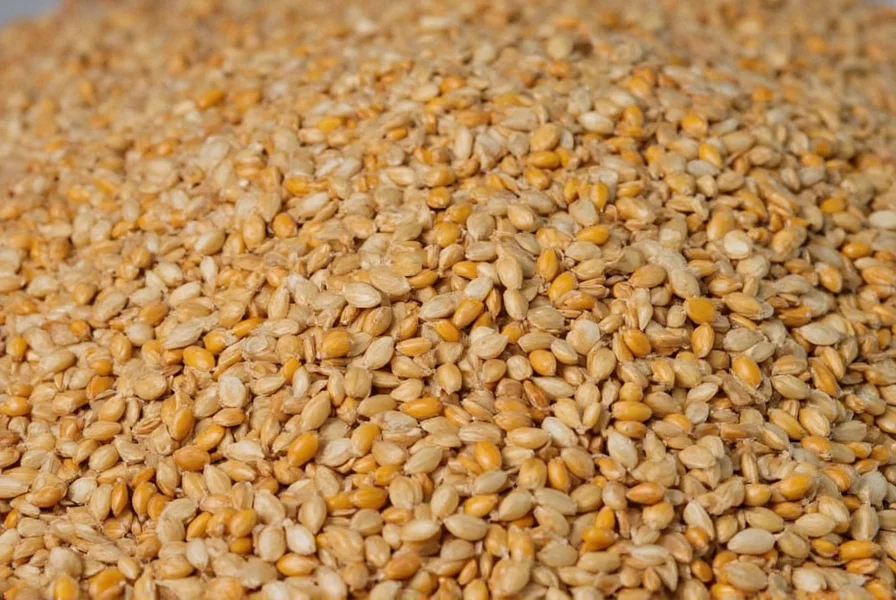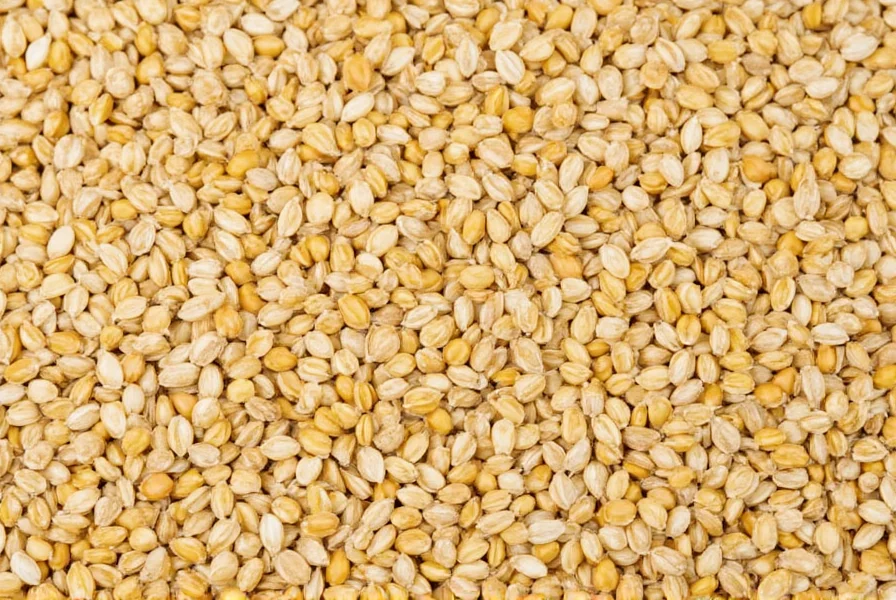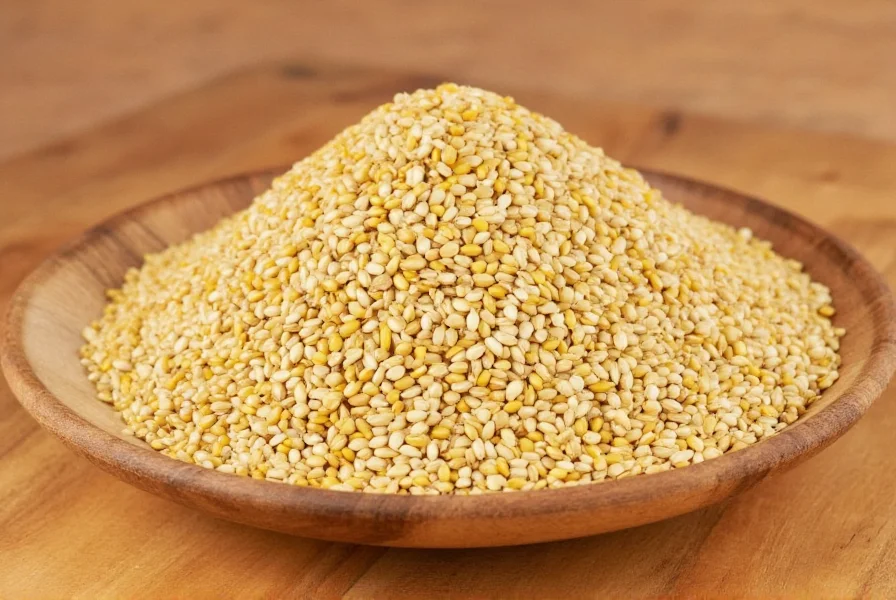Sesame seeds represent one of humanity's oldest oilseed crops, with a rich history spanning continents and civilizations. These tiny, nutrient-dense seeds have traveled from their African origins to become a global culinary staple, valued for their distinctive nutty flavor and remarkable shelf stability.
Historical Origins of Sesame Seeds
Archaeological findings provide compelling evidence about where sesame seeds come from originally. Excavations in the Nile Valley reveal sesame oil residues in ancient Egyptian pottery dating to 1500 BCE. Meanwhile, seeds discovered at Harappa and Mohenjo-Daro sites in modern-day Pakistan indicate sesame cultivation in the Indus Valley civilization as early as 3500 BCE.
The name "sesame" derives from the ancient Greek word "sesamon," but its journey began much earlier. Historical records show sesame was transported along trade routes connecting Africa and Asia. Ancient Babylonian and Assyrian civilizations used sesame oil in lamps and cooking, while Egyptian papyri document its medicinal applications.
Botanical Background of Sesame Plants
The sesame plant (Sesamum indicum) belongs to the Pedaliaceae family and grows as an annual herb reaching 50-100 cm in height. Despite its scientific name suggesting Indian origin, genetic studies confirm Africa as the plant's true birthplace. The plant produces distinctive trumpet-shaped flowers that develop into seed pods containing the familiar white, beige, or black seeds.
Sesame demonstrates remarkable adaptability, thriving in temperatures between 21-35°C (70-95°F) and tolerating drought conditions that would devastate other crops. This hardiness contributed significantly to its spread across tropical and subtropical regions worldwide. The plant requires 90-120 days to mature, with seeds developing in pods that split open when ripe—a characteristic that gave rise to the famous phrase "open sesame."
Modern Sesame Production Around the World
Today's sesame seed geographical origin story continues across multiple continents. According to the latest agricultural data, the top producing countries include:
| Country | Annual Production (Metric Tons) | Global Share |
|---|---|---|
| Sudan | 850,000 | 21% |
| Myanmar | 780,000 | 19% |
| India | 700,000 | 17% |
| Tanzania | 350,000 | 9% |
| Ethiopia | 280,000 | 7% |
These traditional sesame growing areas share common characteristics: warm temperatures, well-drained soils, and seasonal rainfall patterns that match the plant's growth cycle. African nations collectively produce over 40% of the world's sesame, maintaining the crop's historical connection to its continent of origin.

Cultural Significance Across Civilizations
Sesame seeds have held symbolic importance throughout history. In ancient Egypt, they represented eternal life and featured in burial rituals. Indian Ayurvedic medicine incorporated sesame oil for thousands of years, while Chinese traditional medicine valued the seeds for their purported health benefits.
The famous phrase "open sesame" from Ali Baba and the Forty Thieves references the sesame plant's unique characteristic: its seed pods burst open when ripe, seemingly by magic. This natural dehiscence mechanism made sesame one of the earliest domesticated crops, as early farmers could easily collect the scattered seeds.
Traditional and Modern Cultivation Practices
Traditional sesame farming methods persist in many regions, with smallholder farmers using manual planting and harvesting techniques passed down through generations. However, modern agricultural practices have introduced mechanized harvesting equipment and improved seed varieties that resist shattering (premature pod opening).
Sustainable farming initiatives now promote sesame as a rotation crop that improves soil health. Its deep root system breaks up compacted soil, while the plant's natural resistance to pests reduces the need for chemical interventions. Organic sesame production has grown significantly in recent years, particularly in African growing regions where traditional farming methods align with organic principles.

Nutritional Profile and Culinary Uses
Beyond understanding where sesame seeds come from, their nutritional composition explains their enduring popularity. These tiny seeds pack impressive nutritional value:
- High in healthy fats (primarily polyunsaturated and monounsaturated)
- Excellent source of calcium, magnesium, and iron
- Contains lignans with antioxidant properties
- Provides complete plant-based protein
Culinary applications vary by region: tahini paste forms the base of Middle Eastern hummus, gomashio seasoning enhances Japanese dishes, and sesame oil remains essential in Chinese and Korean cooking. The seeds' natural oils contain sesamol and sesamin, compounds that prevent rancidity and contribute to their long shelf life—a characteristic that made them valuable trade commodities in ancient times.
Future of Sesame Cultivation
As global demand for plant-based foods grows, sesame production faces both opportunities and challenges. Climate change impacts growing conditions in traditional regions, while increasing awareness of sesame's nutritional benefits drives expanded cultivation in new areas. Researchers are developing improved varieties with higher yields and better resistance to diseases like fusarium wilt.
The historical journey of sesame seeds—from their African origins to worldwide cultivation—demonstrates the enduring value of this ancient crop. As consumers increasingly seek traditional, nutrient-dense foods, sesame's story continues to evolve while maintaining its connection to agricultural heritage.











 浙公网安备
33010002000092号
浙公网安备
33010002000092号 浙B2-20120091-4
浙B2-20120091-4